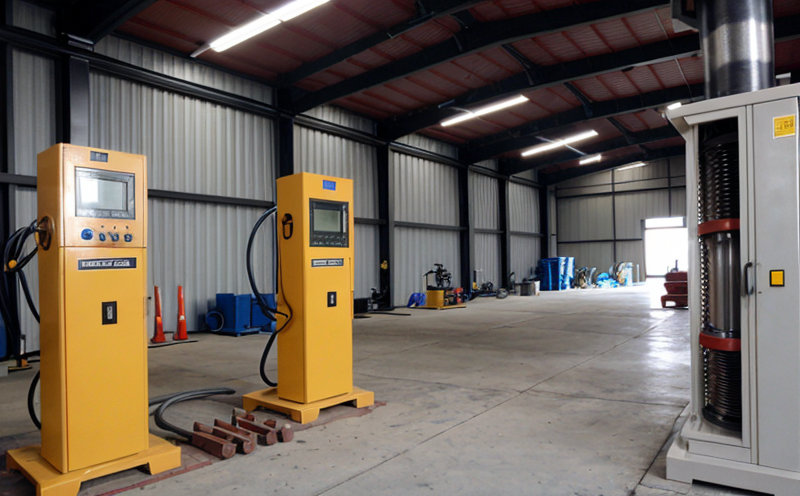ISO 13355 Vibration Simulation for Distribution
The ISO 13355 standard is a cornerstone in the field of packaging testing, specifically designed to simulate and evaluate the mechanical strength of packages under vibration conditions during distribution. This service ensures that your packaging design can withstand the rigors of transportation without compromising product integrity or consumer safety.
When selecting this service, it's important to understand that ISO 13355 is focused on the durability of packaging against vibrations. Vibration testing is a critical aspect in the supply chain where packages are subjected to various environmental stressors such as road bumps, loading/unloading activities, and rough handling.
The test procedure involves placing the package under controlled vibration conditions that mimic real-world distribution scenarios. The goal is to assess how the packaging behaves under these conditions without affecting its contents or causing damage during transit. This service helps companies ensure their products are protected throughout the entire supply chain, from manufacturing to retail.
For accurate and reliable results, it's crucial to follow stringent preparation steps before conducting the test. The package must be fully assembled and ready for shipment with all necessary components intact. Any modifications or alterations post-test could invalidate the results.
The ISO 13355 vibration simulation process typically involves placing the packaged product onto a vibrating table, which replicates various modes of transportation such as trucks, trains, ships, and aircraft. The frequency range used can vary depending on the specific mode of transport being simulated but usually spans between 5 Hz to 200 Hz.
During testing, sensors are attached directly to both the package itself and its contents. These sensors measure key parameters like acceleration levels and displacement rates throughout the duration of each test cycle. By monitoring these metrics closely, we can determine whether any part of the packaging experiences excessive strain that might lead to failure.
Once testing is completed successfully, comprehensive reports are generated detailing the entire process including data points from sensor readings, visual inspections following exposure to simulated conditions, and conclusions regarding package performance. These reports serve as valuable tools for continuous improvement initiatives aimed at enhancing overall packaging resilience.
- Customer Impact: Ensures safe delivery of goods by preventing damage during transit, thereby protecting brand reputation.
- Satisfaction: Provides peace of mind knowing that your products will arrive in pristine condition regardless of transportation challenges faced along the way.
Industry Applications
This service has wide-ranging applications across various industries including consumer goods, pharmaceuticals, electronics manufacturing, and logistics services. Each industry has unique requirements when it comes to protecting their products during shipment; however, all share a common goal of delivering high-quality packages that can endure harsh environmental conditions.
- Consumer Goods: Ensures that fragile items like glassware or electronics are properly protected during transportation to prevent breakage or malfunction.
- Pharmaceuticals: Guarantees that temperature-sensitive medications remain stable despite potential variations in ambient temperatures experienced during delivery.
- Electronics Manufacturing: Helps protect sensitive circuit boards and other delicate components from mechanical shocks caused by rough handling or improper stacking within shipping containers.
Customer Impact and Satisfaction
The impact of ISO 13355 compliance extends far beyond just meeting regulatory requirements; it significantly enhances customer satisfaction levels by ensuring that products reach consumers in perfect condition. Here are some ways this service positively affects customers:
- Reduces the number of returns due to damaged goods.
- Increases brand loyalty through consistent product quality at every stage of distribution.
- Promotes trust between manufacturers and retailers by demonstrating commitment to quality standards.
- Decreases operational costs associated with repackaging or replacing defective packages.
Environmental and Sustainability Contributions
Incorporating ISO 13355 into your packaging design strategy not only benefits immediate stakeholders but also contributes positively to environmental sustainability efforts. By optimizing package durability through rigorous testing, less material may be needed to achieve the same level of protection, thus reducing waste generated during production processes.
Additionally, more efficient use of resources translates directly into lower carbon footprints throughout the supply chain, from manufacturing facilities to final delivery points. Implementing sustainable practices like this aligns with global commitments towards reducing greenhouse gas emissions and promoting resource efficiency.





